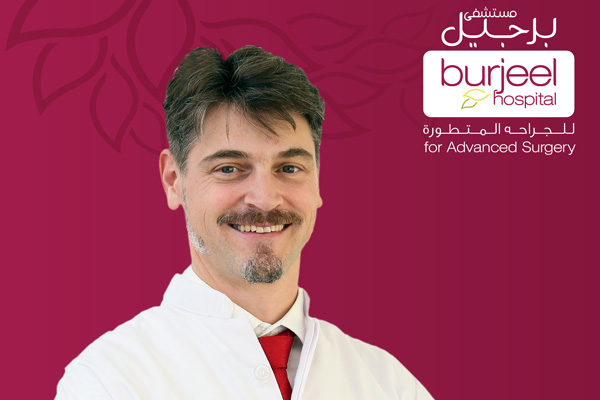
Clubfoot affects more than 150,000 children every year
DUBAI, October 19, 2015
Every year around 150,000 to 200,000 children are born with clubfoot, or talipes equinovarus, a treatable congenital birth deformity that affects one of both feet, resulting in them being twisted out of shape or position.
The tissues joining the muscles to the bone are shorter than usual in children suffering from this condition, said a statement.
This leads to the foot being positioned at a sharp angle to the ankle, thus resembling a golf club, which is also what gives the condition its unusual name, it said.
Dr Michael Vohrer, orthopaedic surgeon, Burjeel Hospital of Advanced Surgery (BHAS), said: “Clubfoot is one of the most commonly seen congenital deformities. Fetuses that develop clubfoot usually manifest the problem around the third month, during which the foot starts to turn inward.
“The condition, where one or both feet may be affected, can be mild or severe. The foot or feet affected would be usually smaller than normal. The foot or feet could point downward, or the front of one foot could be rotated towards the other.
"The foot may turn in, or in more severe cases, the bottom of the foot could be pointed upwards. And while this may not cause a new born any pain, it will impact a child later during the time he or she starts walking. If left corrected, the condition can cause excruciating pain and difficulties in walking.”
A pioneering treatment, which has helped thousands of children suffering from clubfoot lead completely normal lives, was introduced by Dr Ignacio V Ponseti.
The technique, named after the Dr Ponseti, is now the most prevalently used by orthopaedic surgeons in hospitals around the world, including BHAS.
Dr Vohrer, who is an expert in the method, has used the Ponseti technique to help children in the UAE regain movement and function normally in cases of clubfoot, which were both mild and severe, said the statement.
The treatment involves an in-depth knowledge of the functional anatomy of the foot and of the biological response of muscles, ligaments and bone to corrective position changes, which are reached through the use of manipulation and plaster casts.
A majority of clubfeet cases can be corrected in infancy within six to eight weeks. Proper techniques of manipulation complemented by applications of well moulded plaster casts provide the optimal and safest correction for most infants suffering from clubfeet. However, some babies are born with stiff ligaments and these may need special treatment or surgery, said Dr Vohrer.
“The Ponseti treatment is usually started in the first week after an infant is born, as the tissues forming the ligaments, joint capsules and tendons are more flexible at this time. These structures are subjected to gentle manipulations on a weekly basis, after which a plaster is applied. This is done to stretch the ligaments, retain the corrections and align the displaced bones,” he said.
It usually takes around four to seven casts, which extend from the toes to the upper thigh with the knees at the right angle, to correct the deformities.
Doctors also cut the Achilles tendon is some cases before the final plaster to complete the process of correction. By the time the cast is removed, the tendon has regenerated to a proper length, said the statement.
Splints are needed to reduce the risks of deformity relapses. Children may also need orthotics to help the process of correction. When the deformity relapses in spite of proper splinting a simple surgery may be needed when the child crosses two years of age, it added. - TradeArabia News Service







